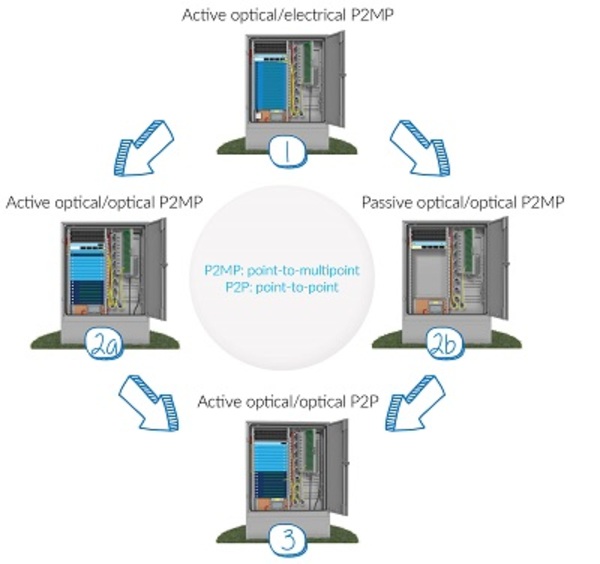
Now imagine you’re a growing global multiple-system operator (MSO), rapidly expanding your subscriber base in additional countries. The network architectures and even standards practices vary drastically around the globe. How would this organization be efficient, yet comply with all the different regulations?
The answer is simplicity AND flexibility. It’s easy to spend money on overhead and time spent on dealing with important but niche issues. Turns out, network standardization starts with cabinets that needed to accommodate coaxial and fiber cables, cable management, power and active equipment.
The project turned into a great success story, and the MSO was a happy customer. We’d love to tell you more in this case study. Learn what was done and how all the challenges were met head-on. And we’d love to hear about the challenges your global company has with its networks.
SEE ALSO: Innovation on a Paper Napkin







